Table of Contents
What is TensorFlow?
TensorFlow is an open-source software library developed by Google for numerical computation and machine learning. It is widely used for building and training deep learning models for various applications such as image recognition, natural language processing, speech recognition, and more. TensorFlow allows developers and researchers to create and run large-scale, distributed neural networks across multiple GPUs and CPUs. It uses a computational graph to represent mathematical models and neural networks, which enables the efficient execution of complex mathematical operations. TensorFlow supports multiple programming languages including Python, C++, Java, and Go, and is highly optimized for performance on both CPUs and GPUs. The library has a large and active community of developers and researchers who contribute to its development and provide support to users. TensorFlow has become one of the most popular and widely used deep learning frameworks in the world.
How does TensorFlow Work?
TensorFlow works by building a computational graph that represents the mathematical model or neural network. The computational graph is a directed acyclic graph (DAG) that represents the operations or nodes of the model, and the data or tensors flowing between them. Here are the basic steps involved in using TensorFlow:
(1) Building the Computational Graph: The first step is to define the computational graph by creating a set of nodes that represent the mathematical operations of the model. Each node takes one or more tensors as input and produces one or more tensors as output. The graph is built using the TensorFlow API, which provides high-level abstractions for creating the nodes and connecting them.
(2) Running the Computational Graph: Once the graph is built, it can be executed by feeding data into the input nodes and running a session. During the session, the graph is evaluated, and the outputs of the model are computed. TensorFlow uses lazy evaluation, which means that the graph is only evaluated for the nodes that are required to produce the desired output.
(3) Training the Model: To train the model, TensorFlow uses a process called backpropagation, which computes the gradients of the loss function with respect to the model parameters. The gradients are then used to update the parameters using an optimization algorithm such as stochastic gradient descent.
(4) Deploying the Model: Once the model is trained, it can be deployed for inference on new data. TensorFlow provides a number of tools for deploying models, including TensorFlow Serving, which is a high-performance, scalable serving system for machine learning models.
TensorFlow also supports distributed computing, which allows the training of large-scale deep-learning models across multiple machines. The library provides a wide range of pre-trained models that can be used for various applications, as well as a visualization tool called TensorBoard that can be used to monitor the training progress and debug the model.
Components of TensorFlow:
TensorFlow is a comprehensive machine-learning framework that includes several components to facilitate the development and training of machine-learning models. Some of the key components of TensorFlow include:
(1) TensorFlow Core: TensorFlow Core is the main component of the framework that provides the building blocks for developing machine learning models, such as variables, tensors, and operations.
(2) TensorFlow Keras: TensorFlow Keras is a high-level API that provides a simplified interface for building and training machine learning models.
(3) TensorFlow Estimators: TensorFlow Estimators is a high-level API that provides a simplified interface for building and training machine learning models, particularly for complex models such as deep neural networks.
(4) TensorFlow Data Pipeline: TensorFlow Data Pipeline is a set of tools and APIs that facilitate the processing and transformation of data for use in machine learning models.
(5) TensorFlow Serving: TensorFlow Serving is a component of the framework that is used for deploying machine learning models in production environments, such as web applications or mobile apps.
(6) TensorFlow Lite: TensorFlow Lite is a lightweight version of the framework that is designed for mobile and embedded devices.
(7) TensorFlow.js: TensorFlow.js is a JavaScript library that enables the development and training of machine learning models in web browsers or Node.js.
Overall, these components of TensorFlow provide developers with a range of tools and APIs to build, train, and deploy machine learning models for a wide range of applications.
TensorFlow Architecture for Building Models:
TensorFlow provides a flexible and scalable architecture for building machine learning models. At a high level, TensorFlow architecture includes the following components:
(1) Data Flow Graph: TensorFlow uses a data flow graph to represent the computation of machine learning models. A data flow graph consists of nodes that represent mathematical operations and edges that represent the tensors (data) that flow between the nodes.
(2) Tensors: Tensors are the basic units of data in TensorFlow. They are multi-dimensional arrays that represent the input, output, and intermediate data of machine learning models.
(3) Variables: Variables are used to store and update the parameters of machine learning models during training. They can be thought of as placeholders for the weights and biases of neural networks.
(4) Operations: Operations are the mathematical computations that are performed on tensors to train and evaluate machine learning models. TensorFlow provides a wide range of built-in operations for common machine learning tasks, such as matrix multiplication and activation functions.
(5) Sessions: Sessions are used to execute the operations in the data flow graph. They provide a way to initialize variables, feed input data, and retrieve output data from machine learning models.
(6) APIs: TensorFlow provides a range of APIs that allow developers to build, train, and evaluate machine learning models. These APIs include low-level APIs for building custom models and high-level APIs, such as TensorFlow Keras, that provides a simplified interface for building and training machine learning models.
Overall, TensorFlow architecture provides a flexible and scalable framework for building and training machine learning models. By using data flow graphs, tensors, variables, operations, and sessions, developers can create complex models and optimize them for performance on a range of hardware platforms.
Features and Advantages of TensorFlow:
TensorFlow is a powerful machine-learning framework that offers a wide range of features and capabilities for building and training machine-learning models. Some of the key features of TensorFlow include:
(1) Flexibility: TensorFlow provides a flexible architecture that allows developers to build and customize machine learning models using a range of programming languages, including Python, C++, and Java.
(2) Distributed Computing: TensorFlow is designed to support distributed computing, which enables developers to scale up their machine-learning models and train them more quickly across multiple CPUs or GPUs.
(3) Pre-built Models: TensorFlow includes a range of pre-built models for a variety of use cases, such as image recognition, natural language processing, and predictive analytics, which can be easily adapted to fit specific needs.
(4) Visualization Tools: TensorFlow provides a range of visualization tools that allow developers to visualize and analyze the performance of their models, including tools for debugging, profiling, and monitoring.
(5) Integration with other tools: TensorFlow integrates with a range of other tools and platforms, including Google Cloud Platform, which makes it easy to deploy and manage machine learning models in the cloud.
(6) Community Support: TensorFlow has a large and active community of developers who share best practices, offer support, and contribute to the development of the library.
The advantages of TensorFlow include:
(1) Scalability: TensorFlow is designed to scale up and handle large datasets and complex models.
(2) Performance: TensorFlow is optimized for performance, which means that it can train and run machine learning models more quickly and efficiently than other frameworks.
(3) Open-source: TensorFlow is an open-source framework, which means that it is free to use, and the source code is available for developers to modify and customize.
(4) Widely adopted: TensorFlow has been widely adopted by researchers, developers, and organizations across industries, which means that there is a large community of developers who share best practices and offer support.
(5) Versatility: TensorFlow can be used for a wide range of machine learning tasks, including image recognition, natural language processing, and predictive analytics.
Overall, TensorFlow is a versatile and powerful machine-learning framework that provides a wide range of features and capabilities for building and training machine-learning models. Its scalability, performance, and flexibility make it a popular choice among developers and organizations that are working with machine learning and AI.
What is TensorFlow used for?
TensorFlow is a powerful open-source machine learning framework that can be used for a wide range of applications, including:
(1) Image and Speech Recognition: TensorFlow can be used to build and train deep neural networks for image and speech recognition tasks, such as object detection, facial recognition, and speech-to-text conversion.
(2) Natural Language Processing: TensorFlow can be used for natural language processing (NLP) tasks, such as sentiment analysis, language translation, and question-answering systems.
(3) Predictive Analytics: TensorFlow can be used for predictive analytics, such as time series forecasting, anomaly detection, and customer segmentation.
(4) Robotics and Control Systems: TensorFlow can be used for building and training models for robotics and control systems, such as autonomous vehicles, industrial automation, and predictive maintenance.
(5) Recommender Systems: TensorFlow can be used to build and train recommendation systems that suggest products, services, or content to users based on their preferences and behavior.
Overall, TensorFlow is a versatile framework that can be used for many different machine learning applications, from image and speech recognition to predictive analytics and robotics.
Frequently Asked Questions:
Is TensorFlow better than PyTorch?
There is no straightforward answer to whether TensorFlow is better than PyTorch as it depends on various factors, such as the use case, personal preferences, and experience. However, here are some key differences between the two frameworks that can help you make an informed decision:
(1) Ease of use: PyTorch is generally considered to be more user-friendly and easier to use than TensorFlow due to its dynamic computational graph feature. This makes it easier for developers to debug and experiment with their models.
(2) Flexibility: TensorFlow is more flexible than PyTorch in terms of the range of use cases it supports. It is particularly well-suited for large-scale distributed computing and can be deployed on a range of hardware platforms, including CPUs, GPUs, and TPUs.
(3) Popularity: TensorFlow is currently more popular than PyTorch, particularly in the industry. This means that there is a larger community of developers and more resources available for learning and troubleshooting.
(4) Performance: Both TensorFlow and PyTorch are capable of achieving high performance, but TensorFlow tends to be faster for large-scale distributed computing due to its optimized execution engine.
Ultimately, the choice between TensorFlow and PyTorch depends on the specific requirements of your project and your personal preferences as a developer. It’s worth trying both frameworks and comparing them to see which one works best for your use case.
Is Learning TensorFlow Difficult?
Learning TensorFlow can be challenging, especially if you are new to machine learning and deep learning. However, with the right resources and dedication, it is definitely possible to learn and become proficient in using TensorFlow. Here are some factors that can affect the difficulty of learning TensorFlow:
(1) Prior knowledge: If you already have experience with programming languages, linear algebra, calculus, and statistics, learning TensorFlow may be easier for you as you will have a solid foundation for understanding the concepts and techniques used in machine learning.
(2) Resources: The availability and quality of resources, such as online courses, tutorials, and documentation, can greatly affect the ease of learning TensorFlow. There are many resources available for learning TensorFlow, both free and paid, and choosing the right ones can make the learning process smoother.
(3) Practice: Like any other skill, practice is essential for mastering TensorFlow. Building your own projects and experimenting with different techniques can help you gain practical experience and solidify your understanding of the framework.
(4) Complexity: The complexity of the machine learning models and techniques you are trying to implement with TensorFlow can also affect the difficulty of learning. Starting with simpler models and gradually moving on to more complex ones can help you build your skills and confidence.
Overall, learning TensorFlow can be challenging but achievable with the right approach and resources. It requires dedication, persistence, and willingness to learn and experiment. With time and practice, you can become proficient in using TensorFlow for building and training machine learning models.
Does TensorFlow need coding?
Yes, TensorFlow requires coding to build and train machine learning models. TensorFlow is a programming framework that provides a range of APIs for building and training machine learning models using Python, C++, or other programming languages.
To use TensorFlow, you need to write code that defines the data flow graph of your model, specifying the inputs, outputs, and operations that will be performed on the data. This involves creating tensors, defining operations on those tensors, and specifying how the data flows through the model.
For example, to build a simple neural network in TensorFlow, you would need to write code that defines the layers of the network, the activation functions, and the optimization algorithm to use during training.
While TensorFlow requires coding, it also provides high-level APIs, such as TensorFlow Keras, that make it easier to build and train machine learning models without requiring extensive knowledge of the underlying TensorFlow APIs. These high-level APIs provide a simplified interface for defining the model architecture and training it using a few lines of code.
Which language is best for TensorFlow?
TensorFlow supports multiple programming languages, including Python, C++, Java, and Go. However, Python is the most commonly used language for working with TensorFlow due to its ease of use, readability, and availability of libraries and tools. Here are some reasons why Python is the best language for TensorFlow:
(1) Large community: Python has a large and active community of developers, which means that there are many resources, libraries, and tools available for working with TensorFlow.
(2) Readability: Python is a high-level language with a simple and readable syntax that makes it easy to write and understand code.
(3) Libraries and tools: Python has a rich ecosystem of libraries and tools for scientific computing and data analysis, including NumPy, Pandas, and Matplotlib, which can be used in conjunction with TensorFlow to preprocess data and visualize results.
(4) TensorFlow APIs: TensorFlow provides a Python API that is well-documented and easy to use, making it straightforward to build and train machine learning models.
Is TensorFlow ML or AI?
TensorFlow is a machine learning (ML) framework, not an artificial intelligence (AI) system on its own. Machine learning is a subfield of artificial intelligence that focuses on developing algorithms and techniques that allow computer systems to learn from data and improve their performance on a specific task without being explicitly programmed.
TensorFlow provides a range of APIs and tools for building and training machine learning models, such as neural networks, decision trees, and support vector machines. These models can be used for a variety of tasks, including image and speech recognition, natural language processing, and predictive analytics.
While TensorFlow is not an AI system on its own, it is a key tool for building AI applications. AI systems typically require a combination of machine learning techniques, algorithms, and other technologies, and TensorFlow is one of the many tools available for building machine learning models that can be used in AI systems.
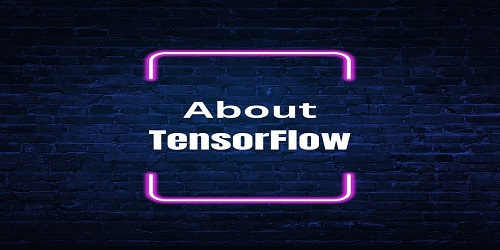
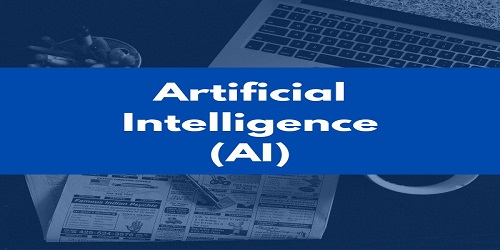

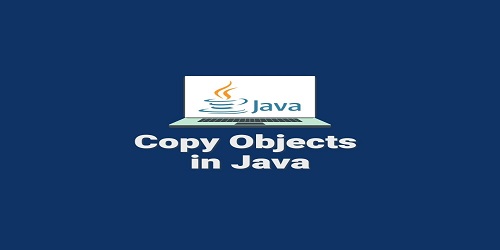
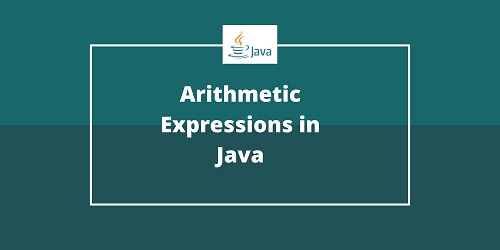
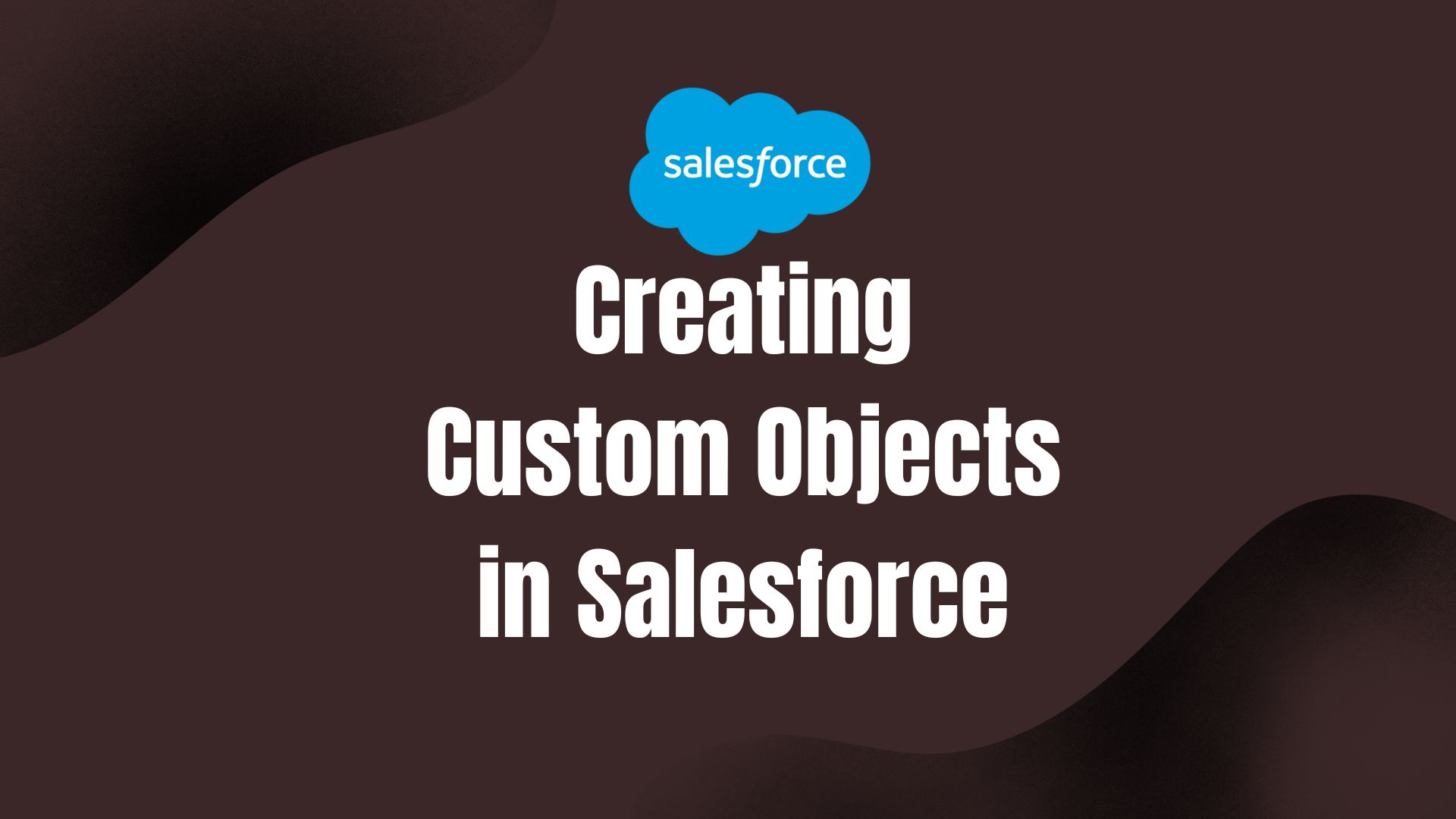
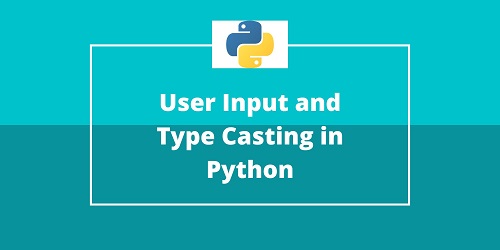


Comments (No)